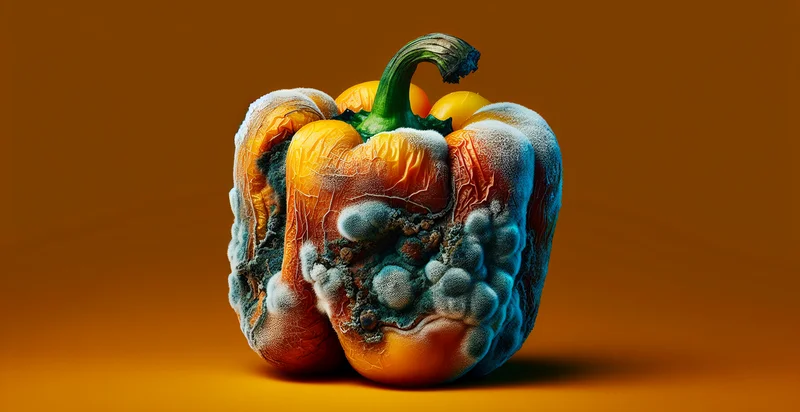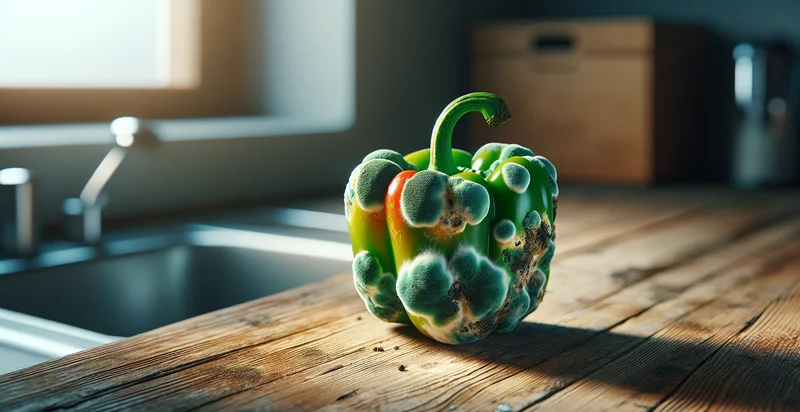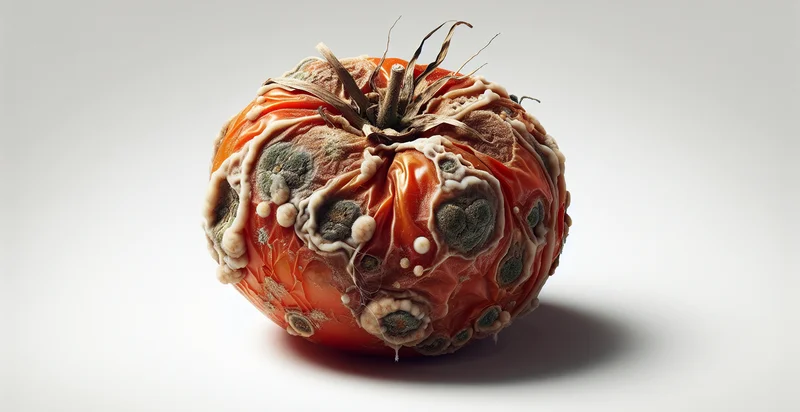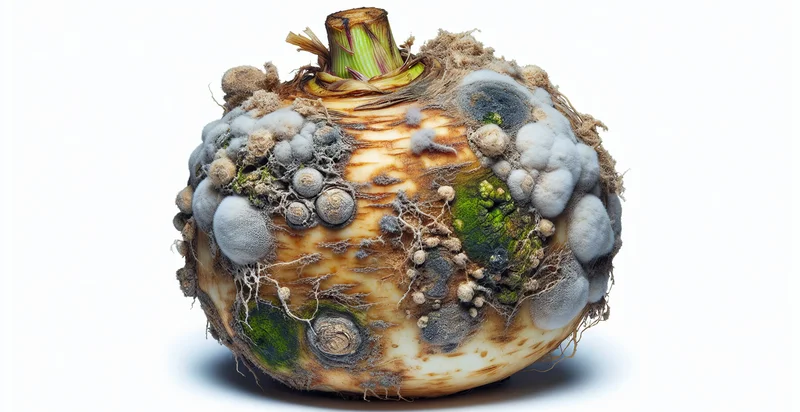Identify if pepper is rotten
using AI
Below is a free classifier to identify if pepper is rotten. Just upload your image, and our AI will predict if the pepper is rotten - in just seconds.

Contact us for API access
Or, use Nyckel to build highly-accurate custom classifiers in just minutes. No PhD required.
Get started
import nyckel
credentials = nyckel.Credentials("YOUR_CLIENT_ID", "YOUR_CLIENT_SECRET")
nyckel.invoke("if-pepper-is-rotten", "your_image_url", credentials)
fetch('https://www.nyckel.com/v1/functions/if-pepper-is-rotten/invoke', {
method: 'POST',
headers: {
'Authorization': 'Bearer ' + 'YOUR_BEARER_TOKEN',
'Content-Type': 'application/json',
},
body: JSON.stringify(
{"data": "your_image_url"}
)
})
.then(response => response.json())
.then(data => console.log(data));
curl -X POST \
-H "Content-Type: application/json" \
-H "Authorization: Bearer YOUR_BEARER_TOKEN" \
-d '{"data": "your_image_url"}' \
https://www.nyckel.com/v1/functions/if-pepper-is-rotten/invoke
How this classifier works
To start, upload your image. Our AI tool will then predict if the pepper is rotten.
This pretrained image model uses a Nyckel-created dataset and has 2 labels, including Pepper Is Fresh and Pepper Is Rotten.
We'll also show a confidence score (the higher the number, the more confident the AI model is around if the pepper is rotten).
Whether you're just curious or building if pepper is rotten detection into your application, we hope our classifier proves helpful.
Related Classifiers
Need to identify if pepper is rotten at scale?
Get API or Zapier access to this classifier for free. It's perfect for:
- Quality Control in Agriculture: Farmers can utilize the 'if pepper is rotten' identifier to enhance their quality control processes. By automatically identifying rotten peppers during harvest, they can ensure only high-quality produce reaches the market, reducing waste and improving overall crop value.
- Supply Chain Management: Distributors can implement the identifier in their logistics operations to check the quality of peppers at various stages of the supply chain. By identifying rotten peppers early on, they can optimize routing and storage conditions, ensuring fresher products reach retailers and consumers.
- Retail Inventory Management: Grocery stores can use the identifier to assess the quality of their pepper inventory regularly. This allows them to remove rotten products from the shelves quickly, maintaining customer satisfaction and brand reputation while minimizing spoilage costs.
- Food Processing: Food processing companies can integrate the identifier in their incoming raw ingredient inspections. By ensuring that only fresh peppers are used in production, they can maintain the quality of their products and reduce the risk of food safety issues stemming from rotten ingredients.
- Consumer Apps: Health and meal-planning apps can feature the identifier to help users select fresh ingredients while shopping. By scanning peppers with their smartphones, consumers will receive instant feedback on quality, encouraging healthier food choices and reducing food waste at home.
- Restaurant Quality Assurance: Restaurants can leverage the identifier during ingredient audits to ensure the quality of peppers used in their dishes. By regularly identifying and discarding rotten produce, chefs can uphold food safety standards and enhance overall meal quality for customers.
- Research and Development: Agricultural researchers can utilize the identifier in studies assessing the shelf life and decay processes of peppers. By analyzing the data gathered on rotten peppers, they can develop strategies to improve crop resilience and extend the freshness period of produce in the field and post-harvest.


